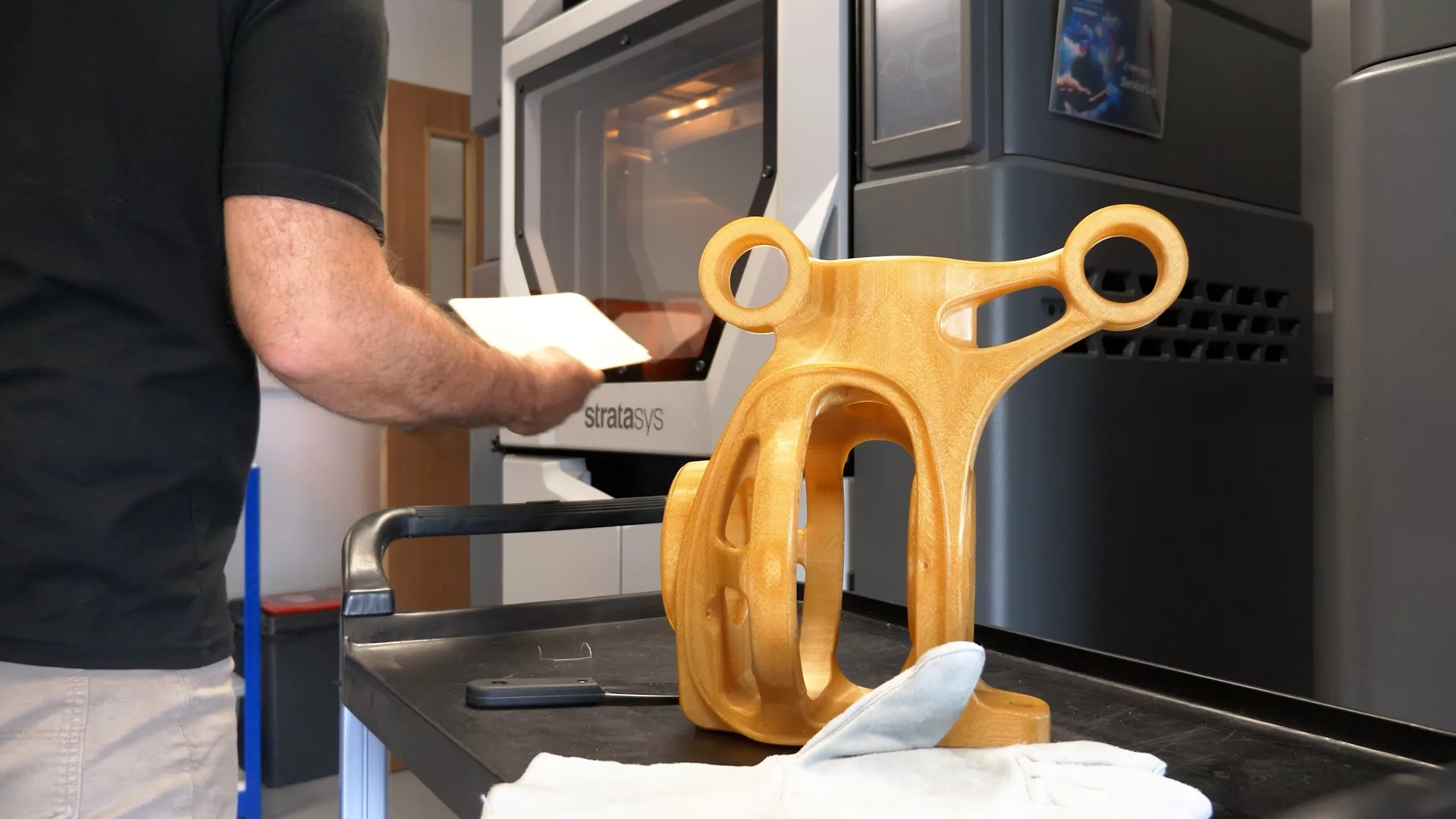3D printing is reshaping industries and companies’ daily operations, from personalised prosthetics to vital aerospace components. As 3D printing technologies continue to advance, more and more industries are embracing these technologies to revolutionise their manufacturing and product development processes, unleashing new capabilities for innovation, creativity, and growth.
Top 5 ways 3D printing can help your business
1. Rapid prototyping & product development
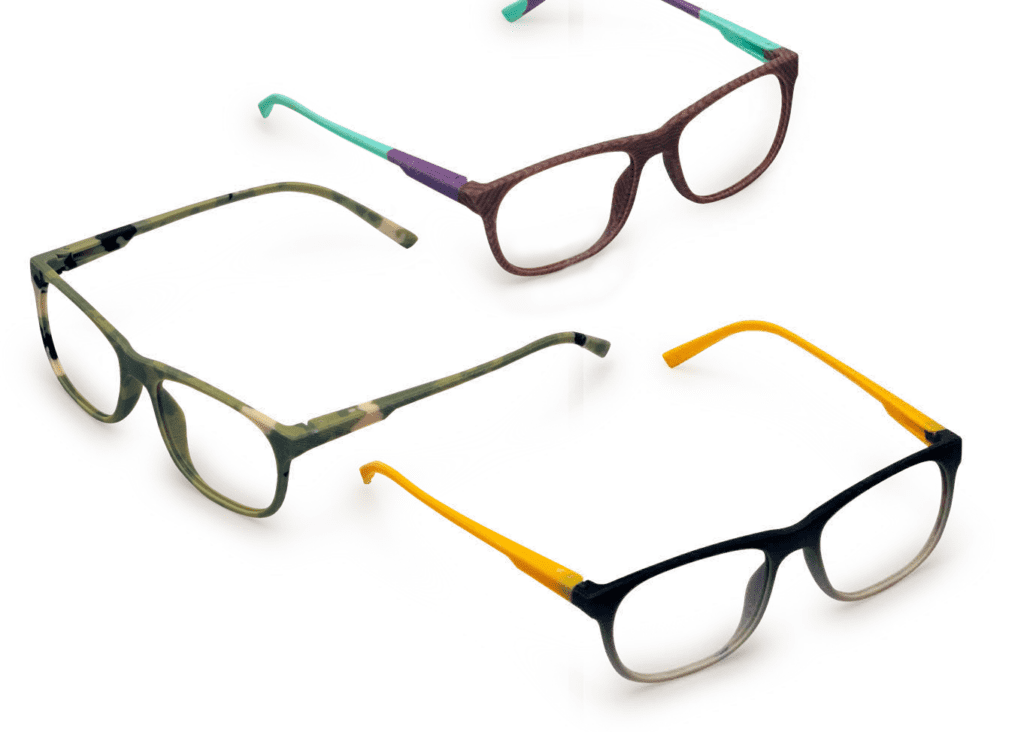
Designers can materialise their digital designs in hours, enabling iterative testing and refinement with tangible prototypes. This instant feedback identifies any potential flaws or improvements required early in the development cycle to bring products to market faster.
2. On-demand manufacturing & custom parts
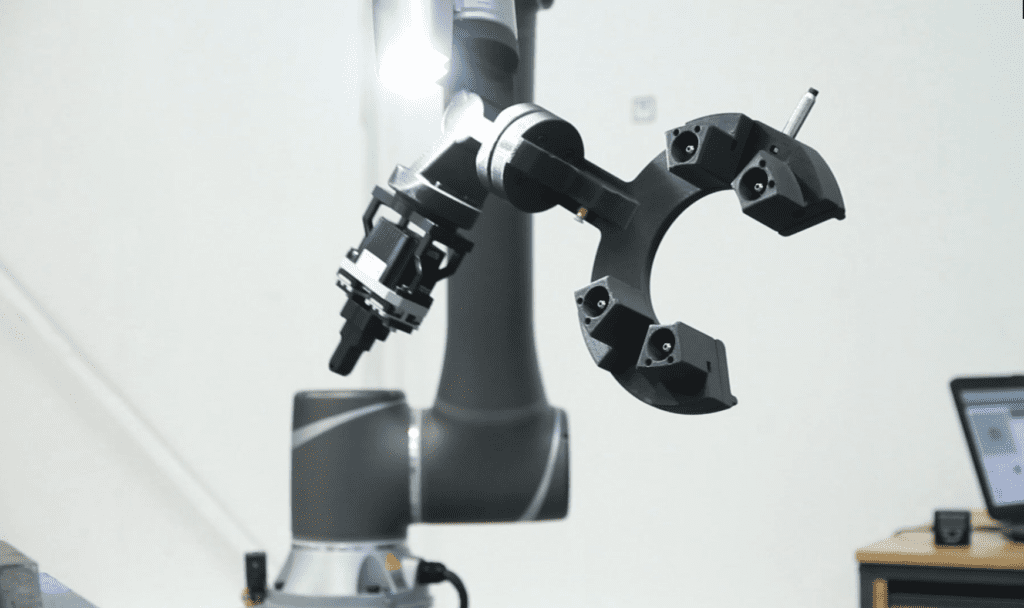

Companies are utilising 3D printing technologies to create replacement parts, specialised tooling, jigs and fixtures on-demand, eliminating the need for large inventories and expensive outsourcing with long lead times.
3. Enhanced functionality & design freedom


3D printing is constantly pushing the boundaries of functionality and design, enabling companies to produce bespoke products with complex geometries, intricate features, lightweight materials and optimised performance. This has resulted in innovative solutions in a diverse range of fields, including medical implants and critical aerospace components.
4. Reduced costs & increased efficiency
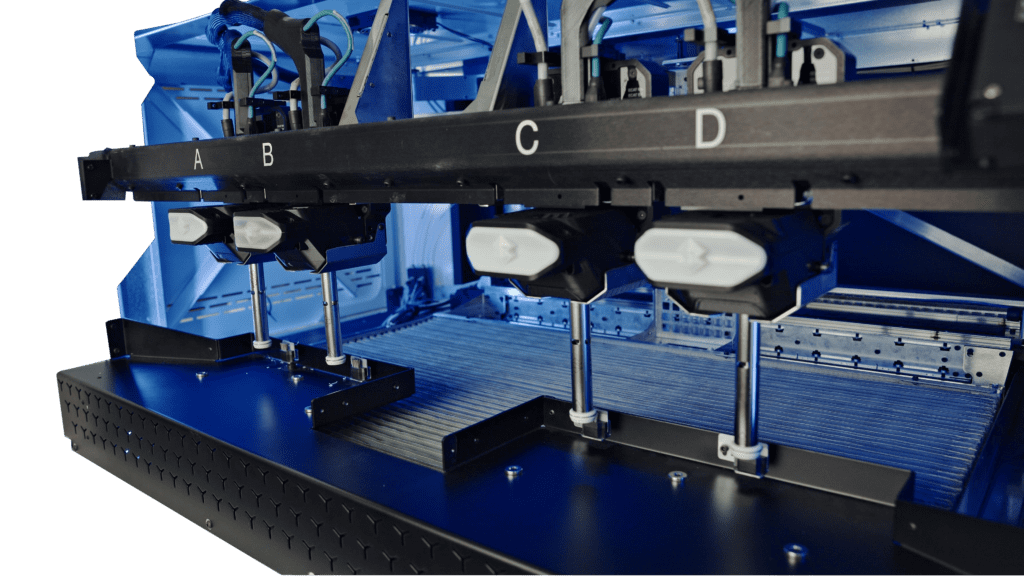

3D printing allows companies to streamline workflows by bringing many stages of the production process in-house, eliminating the need for expensive tooling, outsourcing, and large-scale production runs. This increases efficiency, optimises resource allocation and has given a rise to small-batch, localised manufacturing.
5. Supporting manufacturing
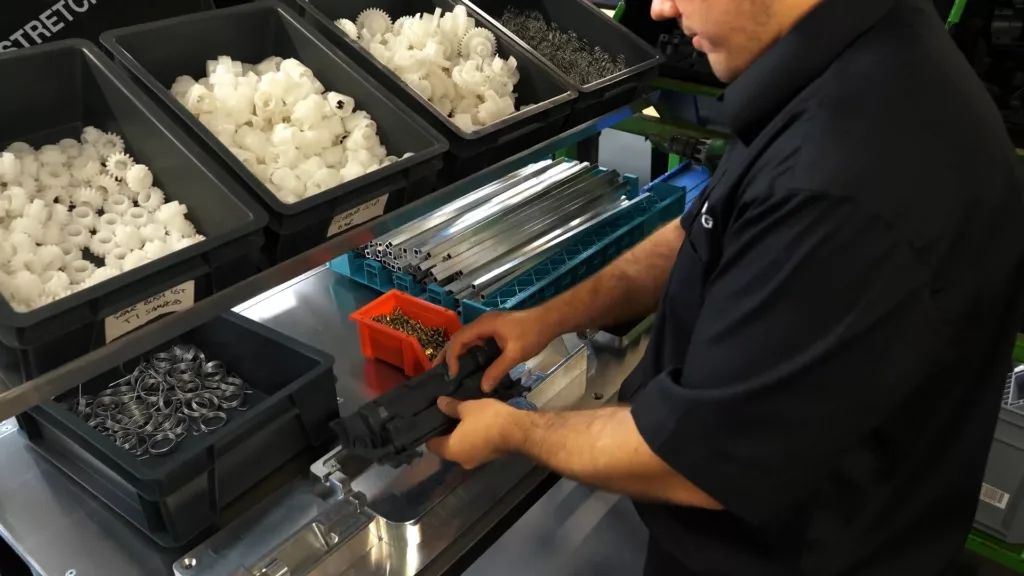

3D printing allows companies to design and print customised jigs and fixtures on-demand, reducing the reliance on external suppliers, as well as minimising lead times, optimising production schedules, reducing material waste and streamlining production processes to improve the overall product development process.

